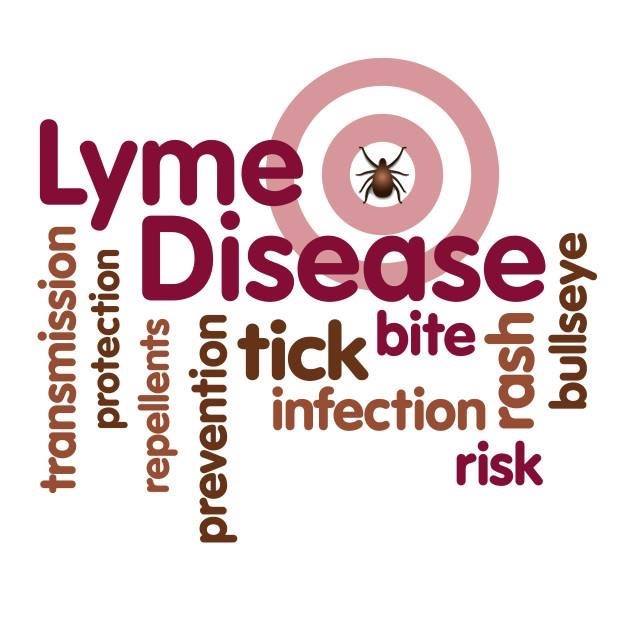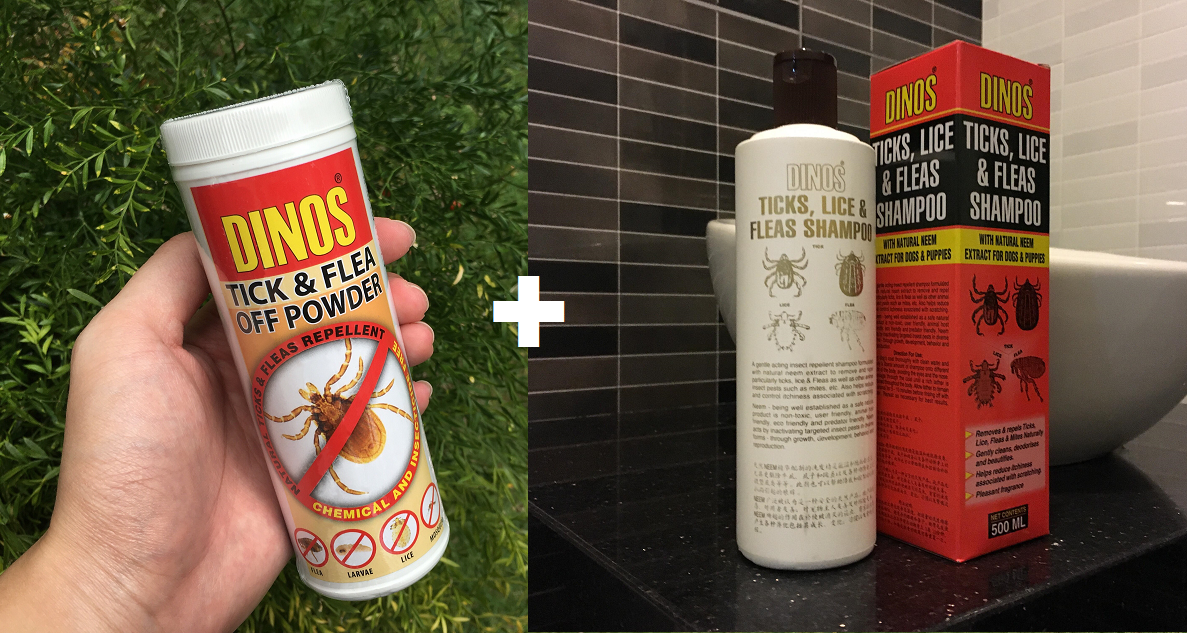
What is Lyme disease?
Lyme disease is an infectious tick-borne disease caused by bacteria “Borrelia burgdorferi.” Ticks that carry Lyme include the deer tick, “black-legged tick”, the brown dog tick, the rocky mountain wood tick and the American dog tick. Naturally the disease is found in areas where there is a high concentration of ticks, such as wooded and rural areas.
How is Lyme disease transmitted?
Lyme disease is transmitted from the bacteria-carrying tick to the animal through saliva. The tick needs to bite the host to infect it. The tick must be attached to its host for 48 hours for it to transmit the bacteria that causes Lyme disease. However, not all animals will contract Lyme disease even if the tick is attached for 48 hours or more. It has been reported that only a small percentage of dogs will actually contract the disease. Lyme disease is transmitted only by the tick vector, not dog to dog, or dog to people.
What are the symptoms of Lyme disease in dogs?
Symptoms of Lyme disease can vary. The symptoms don’t start to appear until 2-5 months after the initial infectious bite. Some symptoms include: fever, lameness (shifting leg lameness), lethargy, anemia, loss of appetite, skin irritation or infection, swelling in the joints and swollen lymph nodes.
*In some cases, Lyme disease can be deadly to your dog. If you suspect that your dog may have been infected, it’s best to contact your veterinarian immediately – even if he is not exhibiting symptoms.
How is Lyme disease in dogs treated?
Your veterinarian can best determine the optimal treatment plan for your dog. Lyme disease is most often effectively treated with antibiotics. With prompt, proper treatment, your dog’s condition should start to improve within 48 hours.
How can I protect my pet against Lyme disease?
The best protection against Lyme disease is prevention. Bathing your pet as necessary with our DINOS ticks, lice and fleas shampoo and top up a prevention layer of our Dinos tick powder which can help to remove and repel ticks, lice, fleas and mites naturally. Many of the same products on the market that treat fleas also kill ticks and protect against future infestation. These topical treatments or collars are especially recommended for those dogs that live in areas with high tick populations. Keeping your pets away from tall brush, grass and wooded areas decreases their exposure to ticks, thus decreasing the odds of getting bit.
How do I remove a tick from my pet?
Ticks that cause Lyme disease are extremely small, and often go unnoticed. However, the best way to check for ticks is to brush your pet daily. All ticks are irritating to your dog and can be anywhere on their bodies. Ticks are most commonly found on the ears and in the ear canals, at the base of the ears, close to head and neck, on the feet, and in between the toes. Ticks can be removed from your dog or cat by grasping the head of the tick where it attaches to the skin with tick-removing tweezers and gently but firmly pulling back. Use caution when doing this and do not burn the tick or apply irritants to the tick such as rubbing alcohol, as both of these maneuvers can cause further problems for your pet. Remember that not every tick carries a disease, but every tick bite should be taken seriously.
Reference: North Shore Animal League America & Alli B.

